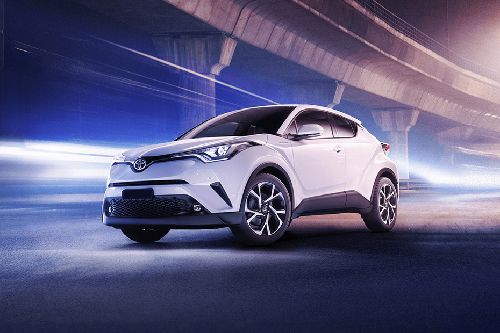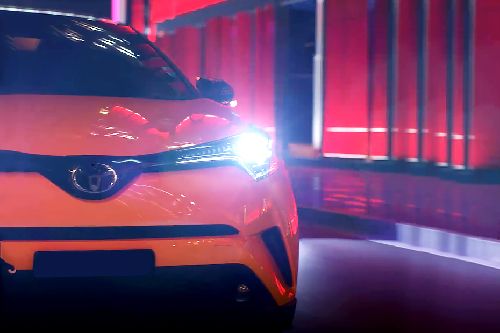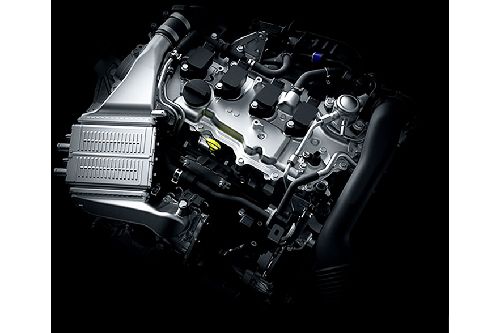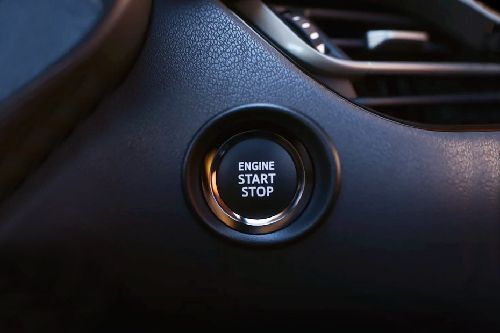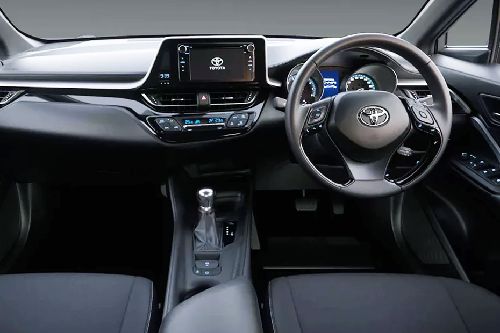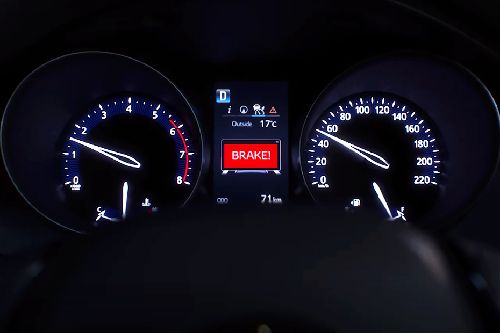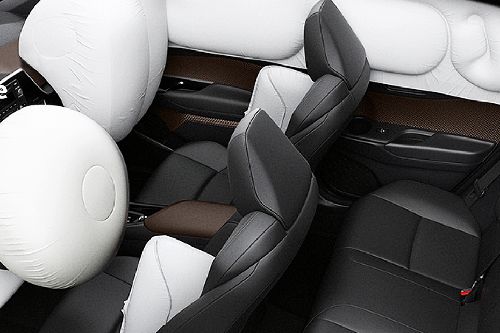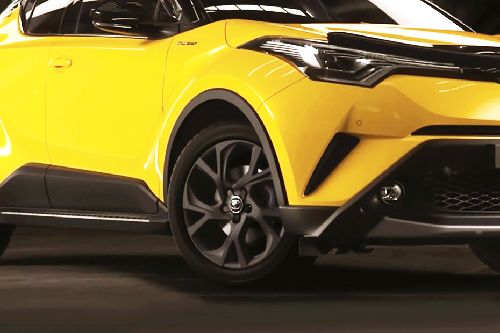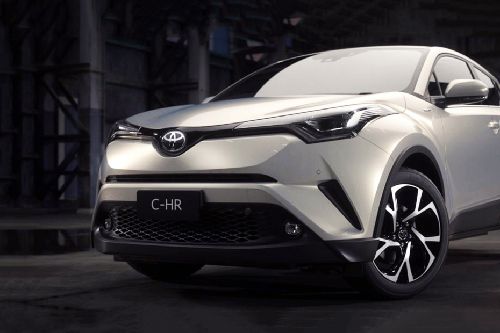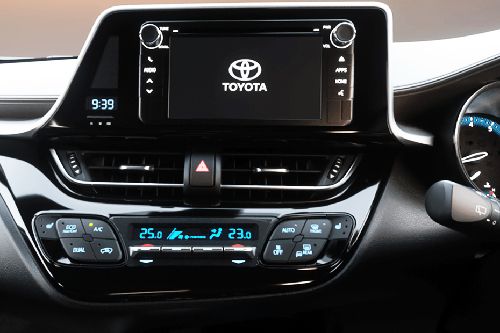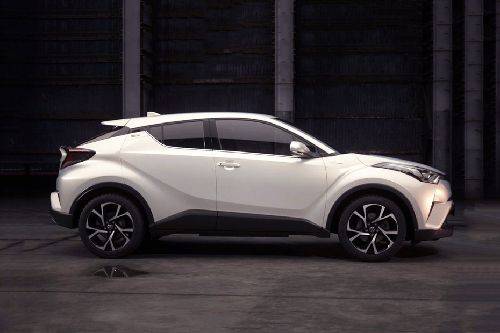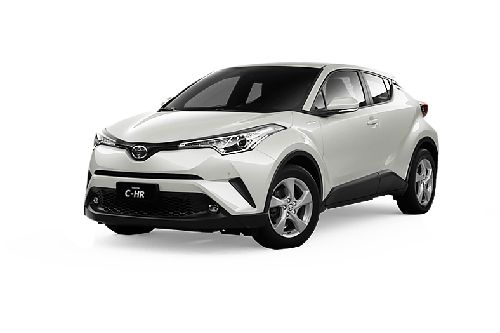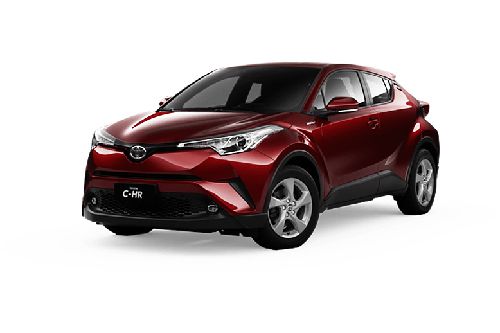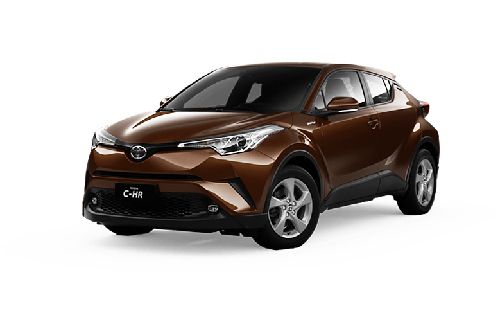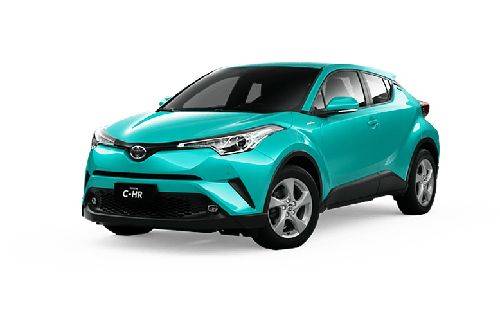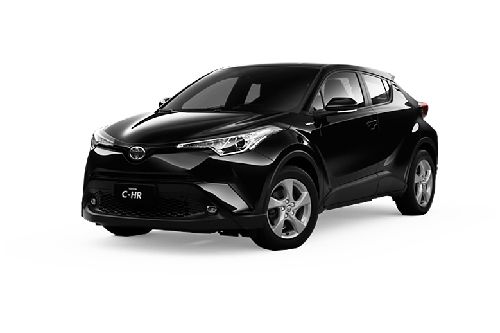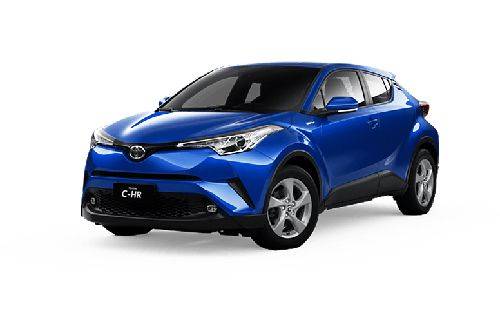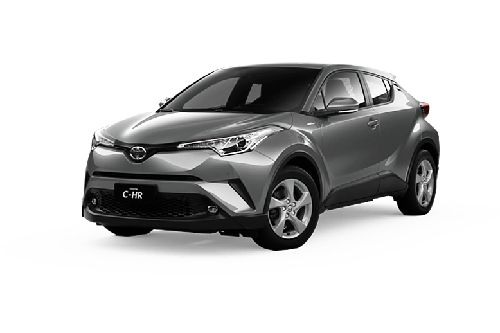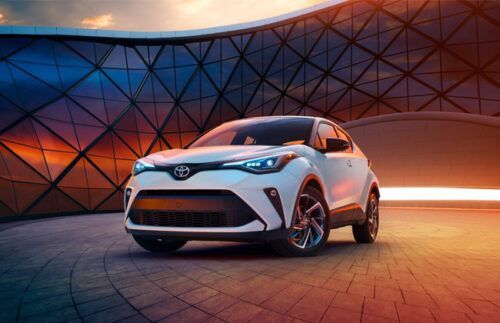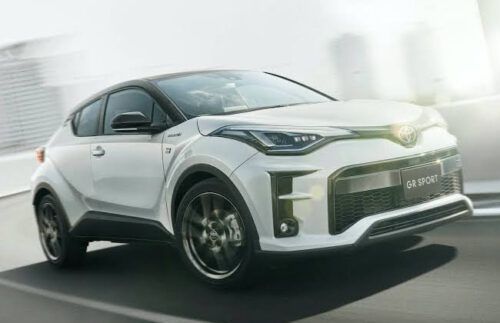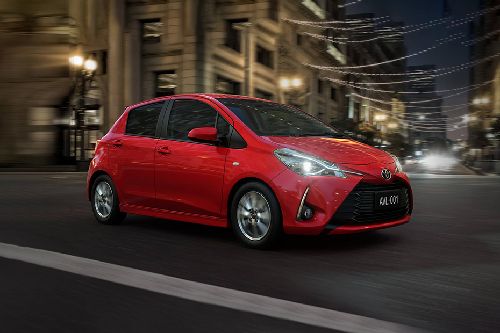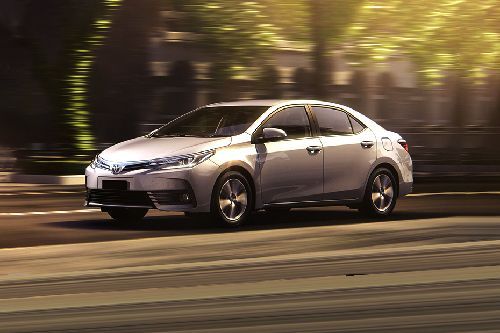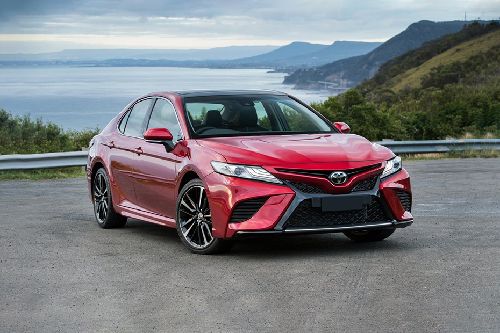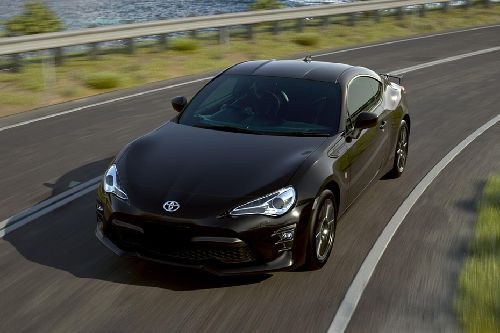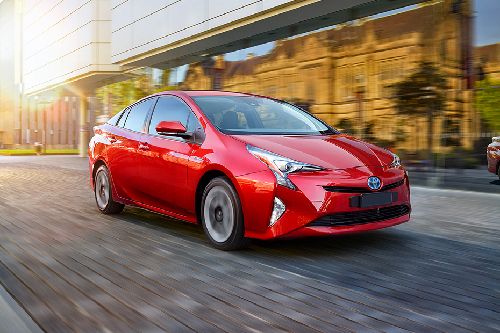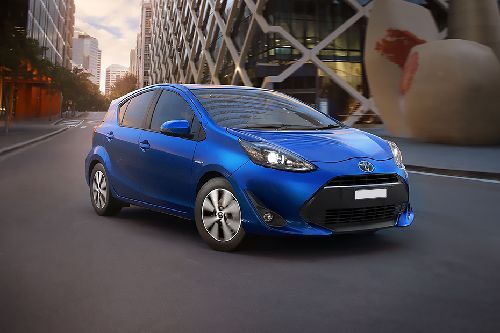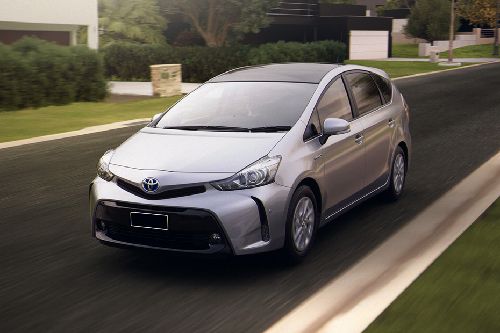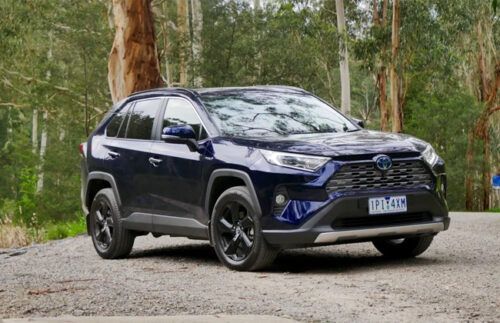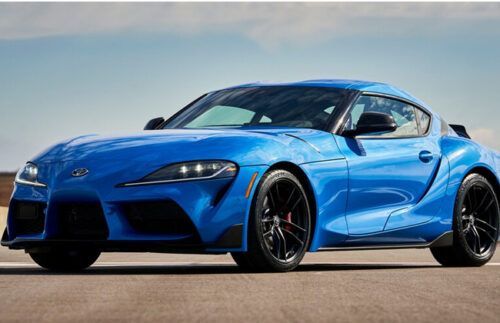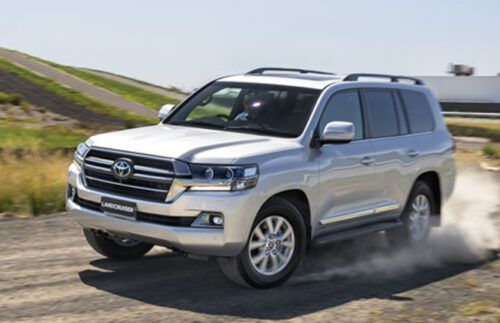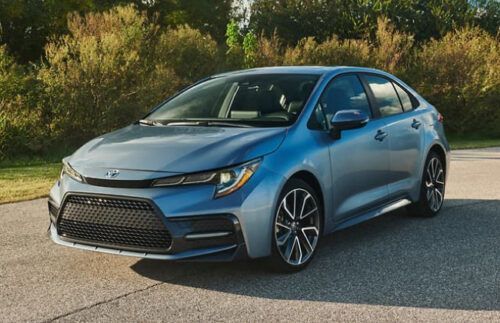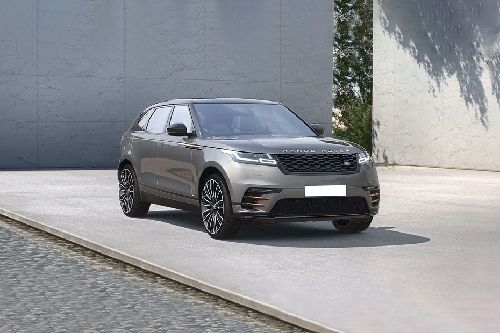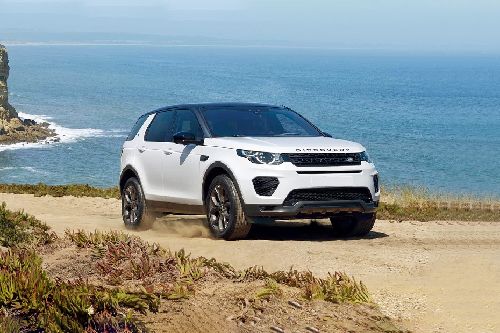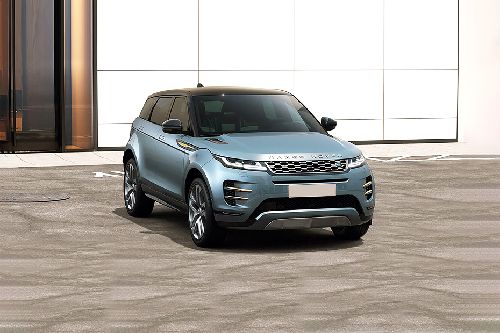Toyota C-HR - Old vs New
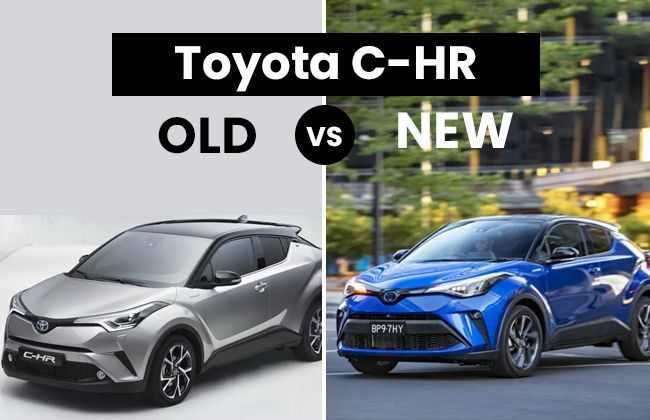
The Toyota C-HR arrived in the Australian market in 2017 for the first time. At the time of its arrival, it was an altogether revolutionary and futuristic approach towards small SUVs and would quite easily beat several of its competitors with its styling, design and advanced features.
Since its inception, the C-HR hasn’t gone through many upgrades or major modifications and has been one of the most coveted cars in its segment. The new 2020 C-HR lineup also comes with almost the same features and styling, but with minor upgrades in areas of technology and entertainment facilities. It also gets slight design modifications in the exterior and interior styling of the cars.
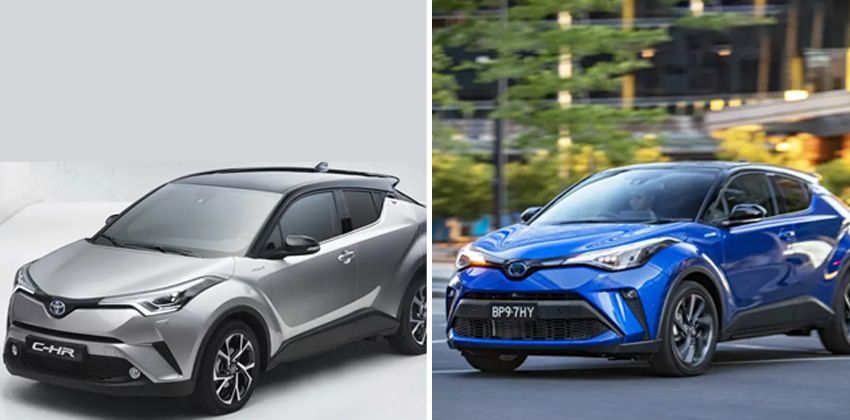
The updated Toyota C-HR although marks a slight increase in price, and also drops one of its manual variants from the line-up. However, there is a new addition to the C-HR lineup, that is, the FWD Koba Hybrid, which is the priciest of all the other variants available in the latest line-up.
| Model | Price (2019) | Price (2020) |
| C-HR (FWD Auto) | $28,990 | $29,540 |
| C-HR ( AWD Auto) | $31,150 | $31,540 |
| C-HR (Koba grade FWD) | $33,290 | $33,940 |
| C-HR (Koba grade AWD) | $35, 250 | $35,940 |
What’s new about the designing?
Not a lot has changed in the recent update of the Toyota C-HR. However, when it comes to designing, there have been a few subtle changes made to the overall appearance. The front end has been made rounder and sleeker, thereby adding smoothness from the front lines to the rear of the car.
The older C-HR seemingly had sharper lines on the outside, while the new design seems to have lost the sharp cuts to bring in smoothness and a bulgier look to the SUV. The new styling done by Toyota is surely commendable for the bravery they have shown to bring in unorthodox changes to the design of the vehicle. The styling although remains adventurous and keeps up with the pumped-up wheel guards and protruding LED tail lamps. There have been minor tweaks made to the front and rear bumpers.
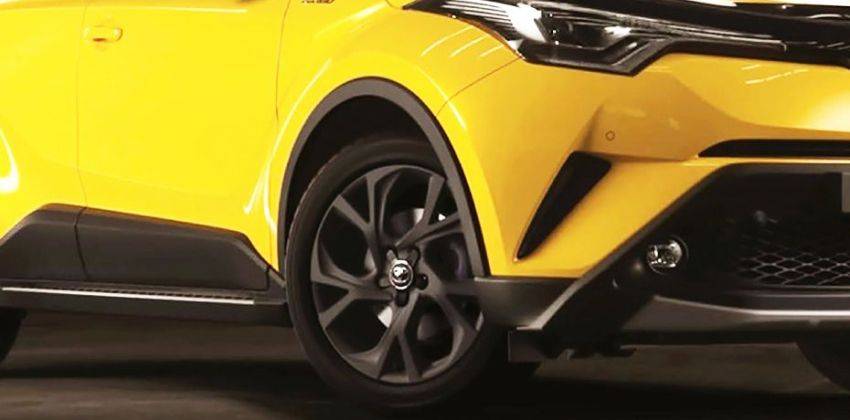
Interior modifications
There have been no significant changes to the interiors of the Toyota C-HR and all the variants still come with the same interior pattern and upholstery as the older model. It comes with the similar materials of the interior and similar diamond patterns.
The only mentionable change is the new and bigger infotainment screen, switched from the 6.1-inch to the 8.0-inch version, adding Android Auto/Apple CarPlay features to the vehicle. The interior trim has been slightly refined to provide a more luxurious feel, but overall, the interiors remain the same in the new C-HR. The cabin space and dimensions are retained in the newer versions and the length has increased from 171.2 inches to 172.6 inches.
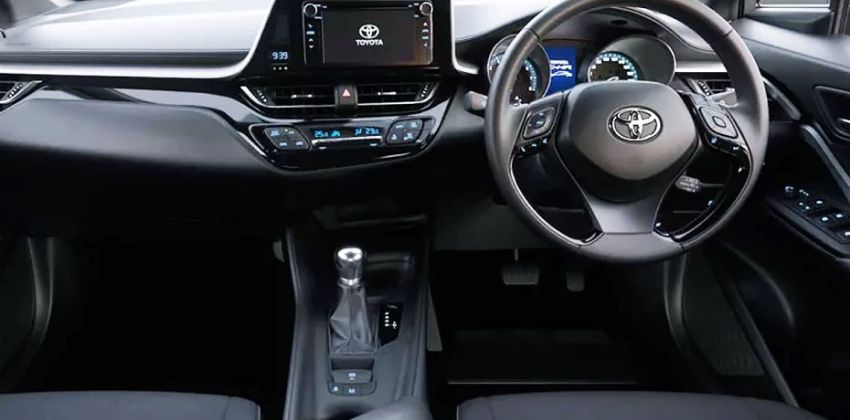
Performance upgrades
The 2020 C-HR comes with the same 1.2-litre, four-cylinder engine that produces a maximum power of 114 hp and the highest torque of 185 Nm. The fuel economy is now around 15.6 kmpl. The lineup now starts with an auto transmission variant and loses the manual transmission variant, thus making the lineup start at a pricier range than before.
On the other hand, the 2020 C-HR has a hybrid variant too. That has a 1.8-litre petrol engine along with an electric motor. The gasoline-powered engine can make a maximum power of 96.5 hp and 142 Nm of peak torque. Furthermore, the electric motor boosts the power to 121 hp. It returns a mileage of 23.26 kmpl.
Safety and features
The older and newer versions of the Toyota C-HR come with an overall similar set of safety and technological features. Both have the Toyotas (old and new) SafetySense P Technologies that include a pre-collision system with pedestrian detection, lane departure alert with steering assist, automatic high beams and full-speed range dynamic radar cruise control. Both the versions have seven airbags, reversing camera and front and rear parking sensors. Both ranges come with a space-saver spare wheel under the boot floor and three top tether points and two ISOFIX points across the second row for child seats.
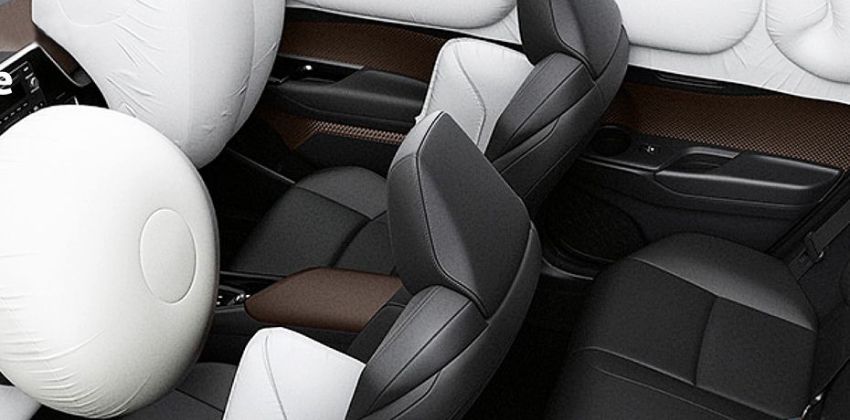
Driving experience
The Toyota C-HR never disappointed drivers when it comes to driving experience and handling. The all-new 2020 is no exception. However, the 2020 C-HR must be appreciated for its smoothness and comfort driving experience. The handling and steering response has been improved with better adaptable suspension added to the lineup.
The newly launched hybrid has an excellent throttle response, in addition to the C-HR characteristic power, and the lag or delay of the response of the petrol-only C-HR has been improved. The suspension feels softer, and sportier compared to the previous models.

Conclusion
The C-HR of 2020 is a logical and wise investment, although there has been a slight increase in the price. It still has a lot of advanced features to make it worth the money. The C-HR is an excellent car in its segment and has even grown to be a good upgrade from the previous model.
Also read: 2020 Toyota Yaris GR4 teased, will arrive with an all-wheel-drive
-
Explore Toyota C-HR
Toyota C-HR Related Stories
- News
Toyota Car Models
You might also be interested in
- News
Toyota Featured Cars
- Popular
Compare & Recommended
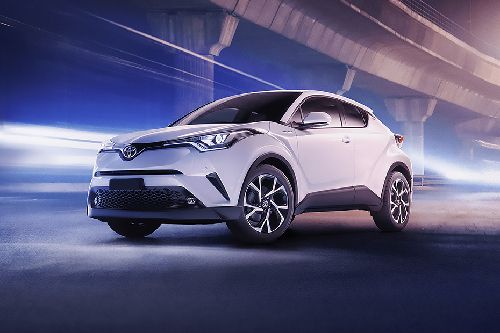
|
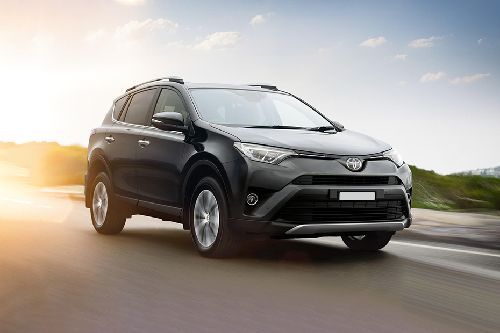
|
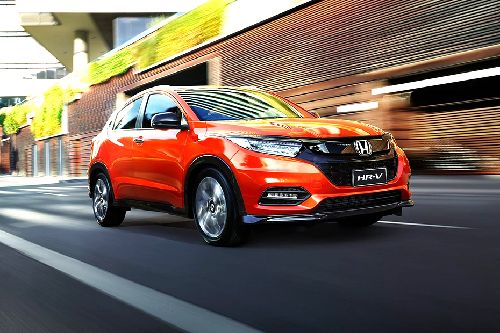
|

|
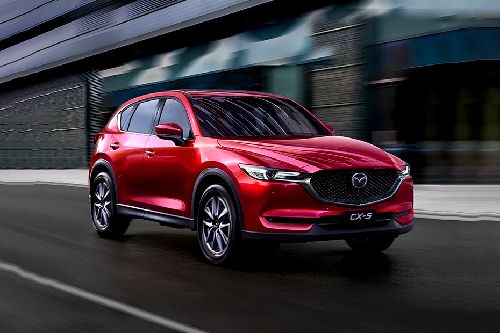
|
|
Transmission
Manual
|
CVT
|
CVT
|
CVT
|
Maunal
|
|
Engine
1197
|
1987
|
1799
|
1997
|
1998
|
|
Power
114
|
143
|
141
|
152
|
154
|
|
Seating
5
|
5
|
5
|
5
|
5
|
|
|
Trending SUV
- Popular

